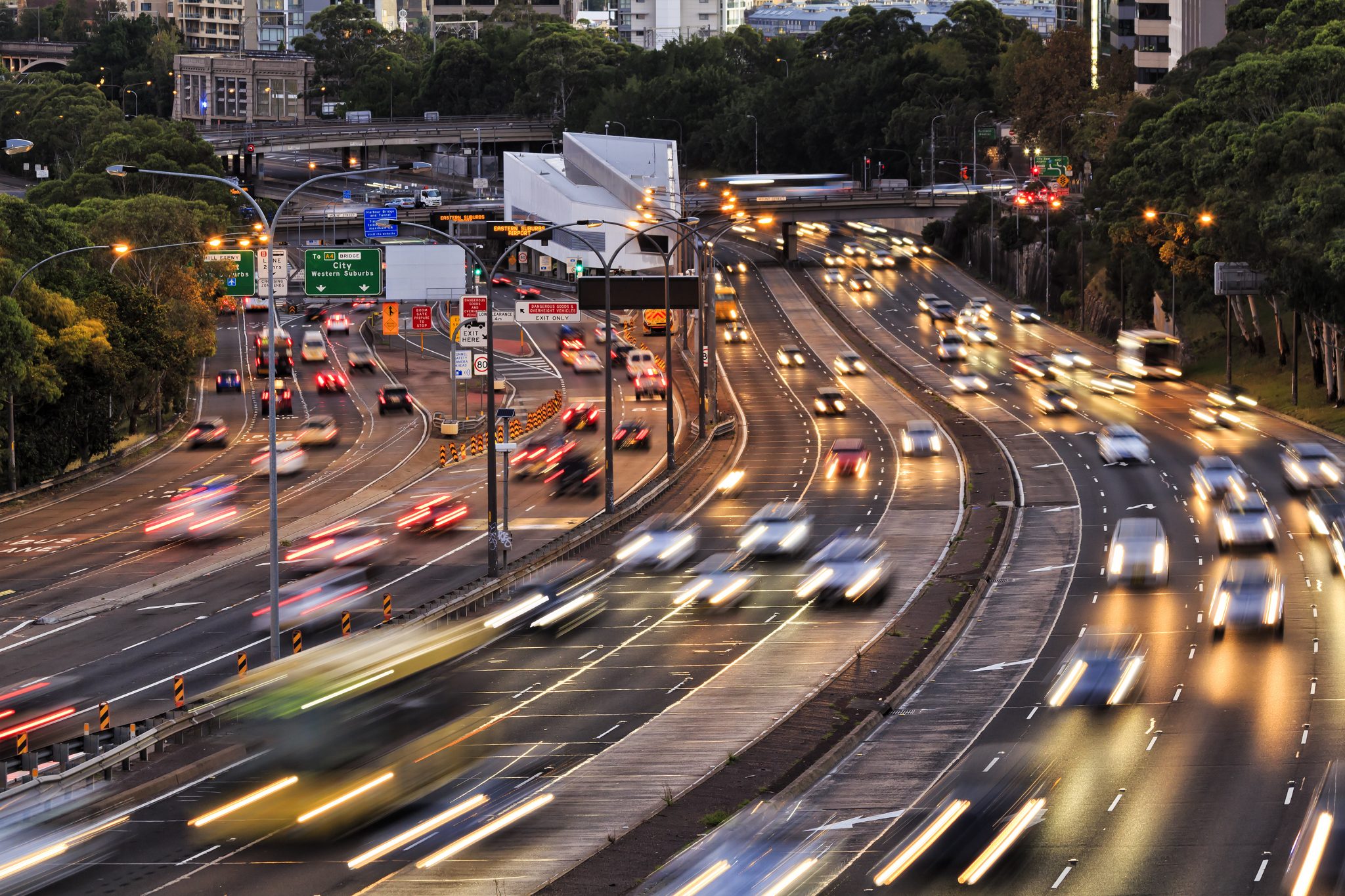University of Sydney Business School
The Challenge
The biggest challenge when justifying investment in public transport and toll roads is to accurately predict how many people will use the new infrastructure. Overestimations place huge financial risks on investors and taxpayers.
Research Impact Summary
- The research has been used to develop national guidelines for government-supported road project appraisals. Consequently, it has been used by all major private toll road builders and operators, including Thiess, John Holland, Macquarie Bank and ABN Amro, to develop crucial new estimates of the Value of Travel Time Savings (VTTS). The estimates were calculated to be almost 20% higher than previously measured.
- In 2013, the research, using a novel ‘willingness to pay’ value, showed that the value of avoiding the loss of a single human life due to a road accident was $6 million. The previous estimate was $1.5 million. It was also used to calculate new values for severe injury risk, injury risk, and minor injury risks. Transport for NSW and Austroads, the peak organisation of Australasian road transport and traffic agencies, now recommend these values be used in all transport project appraisals.

- Based on the research, the user-benefit value of safety improvements along NSW’s Pacific Highway was measured at 6%, up from 2%.
- The research shows that the difference between the dollar value of time on non-congested versus congested road time for a specific trip to be $36 per hour—double previous estimates.
- Based on the research, the Australian Bureau of Infrastructure, Transport and Regional Economics increased the annualised cost of road crashes by 52% to $27.1 billion.
Valuing Time Travel Savings
The research methods, created by Professor David Hensher of Sydney University, estimate the value of user benefits when appraising the economic value of transport projects. For these appraisals, the main measure of user benefit is the Value of Travel Time Savings (VTTS). This includes how much people are willing to pay to make a faster trip. For example, Sydneysiders spend an average of two hours a day wasting time, energy and money travelling on the city’s roads. Reducing the time people and goods spend in traffic makes for better lifestyles and more productive industries. 10% of Australia’s GDP is linked to moving people and things so more efficient transport significantly improves Australia’s international competitiveness.
The research now helps governments and corporations accurately estimate the cost of new transport projects. One way it achieves this is by using the behaviours of transport users to investigate practical and realistic ways of valuing user benefits.
Testimonials
‘Professor Hensher’s influence on the practice of transport appraisal in Australia is without peer.’ John Stanley, ex-Chief Economist, Treasury Victoria
‘Professor Hensher has developed and applied path-breaking methods to assess the value that consumers place on goods that aren’t bought and sold directly. They have become standard procedures in the field and his findings are widely cited as crucial information for policymaking. He is truly one of the thought-leaders of the world.’ Kenneth Train, University of California, Berkeley
‘Our academic partnerships with David [Hensher]and ITLS [Institute of Transport and Logistics Studies] are among the very best, most productive and most practically relevant.’ Eamon McGinn, Director, Deloitte Access Economics
Challenging Simplistic Cost Savings
Hensher’s formula was the first to challenge the simplistic cost savings approach that values travel time in terms of the wage rate of the traveller. The formula markedly lowers VTTS for business related travel. This lower VTTS (typically 60% of the average wage) has serious consequences for forecasting consumer demand. It has impacted investment in two UK high-speed rail projects as well as Sydney’s Northwest transport project.[1]
Hensher’s methods determine economic values for:
- Travel-time savings (the dollar value placed on travel time and savings made from reducing travel time)
- Reduced travel time variability related to congestion
- Reduced exposure to injury or death on our roads.
Hensher has advised businesses and governments in Australia, the UK, New Zealand, South Africa, Chile, USA and Fiji.
For futher details, see the Impact Study on the ARC website.
[1] The Economics of High Speed 2, HL Paper 134, House of Lords, Economic Affairs Committee, 2014-15
Share
Explore our other communications & learn more
We’ve collated all of our communications into the one place for your consideration, click one of the below buttons to explore each category.